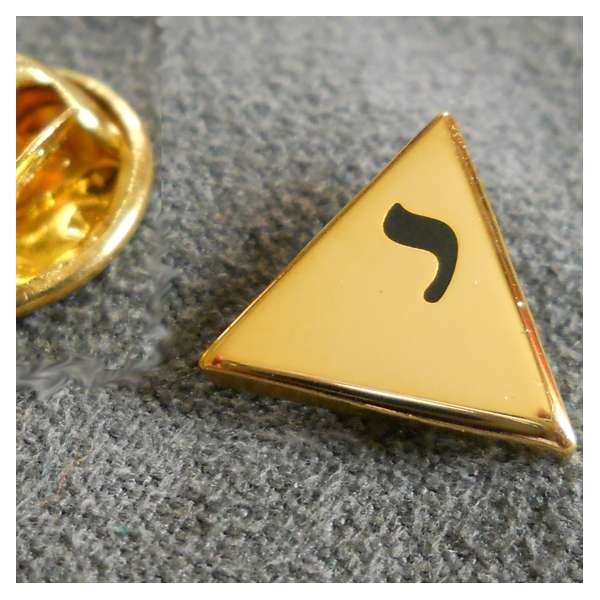





The mythical history of Freemasonry informs us that there once existed a Word of surpassing value, and claiming a profound veneration; that this Word was known to but few; that it was at length lost; and that a temporary substitute for it was adopted. But as the very philosophy of Freemasonry teaches us that there can be no death without a resurrection-no decay without a subsequent restoration-on the same principle it follows that the loss of the Word must suppose its eventual recovery.
Now, this it is, precisely, that constitutes the myth of the Lost Word and the search for it. No matter what was the Word, no matter how it was lost, nor why a substitute was provided, nor when nor where it was recovered. These are all points of subsidiary importance, necessary, it is true, for knowing the legendary history, but not necessary for understanding the symbolism. The only term of the myth that is to be regarded in the study of its interpretation, is the abstract idea of a word lost and afterward recovered.
The Word, therefore, may be conceived to be the symbol of Dianne Truth; and all its modifications- the loss, the substitution, and the recovery-are but component parts of the mythical symbol which represents a search after truth. In a general sense, the Word itself being then the symbol of Divine Truth, the narrative of its loss and the search for its recovery becomes a mythical symbol of the decay and 1088 of the true religion among the ancient nations, at and after the dispersion on the Plains of Shinar, and of the attempts of the wise men, the philosophers, and priests, to find and retain it in their secret mysteries and initiations, which have hence been designated as the Spurious Freemasonry of Antiquity.
But there is a special or individual, as well as a general interpretation, and in this special or individual interpretation the Word, with its accompanying myth of a loss, a substitute, and a recovery, becomes a symbol of the personal progress of a candidate from his first initiation to the completion of his course, when he receives a full development of the mysteries.

Compra segura 100 %.

Envío rápido y anónimo

Puedes devolver el artículo
Eleganza simbolica in un dettaglio perfetto
Bellissimo pin da giacca a forma di Delta, elegante e ricco di significato. Il contrasto tra l’oro 18 kt e lo smalto nero è davvero raffinato. Un accessorio discreto ma d’impatto, ideale per chi apprezza i dettagli simbolici e di classe.<br /> <br />
Bella spilla, ricca di significati
È veramente emozionante averla ed indossarla. Significa per me, trasmettere un segnale che solo chi è in sintonia può decifrare. Manifattura eccelsa. Complimenti
Bellissima spilla
Spilla di ottima fattura altro non si può dire
16 otros productos en la misma categoría:
Pin rama de acacia de 18 kt. chapado en oro medio (12 mm de alto) pero extremadamente detallado y elegantemente discreto.
Hermoso alfiler chapado en oro de 18 kt. con esmalte azul y circón en la parte superior. Reproduce instrumentos de época elegantemente decorados. El tamaño es el "correcto". Dimensiones: h 9 mm
Esquadra y compas bellamente bordados. 7x7 cm. sus dimensiones. Se puede pegar o coser en cualquier prenda, jersey, bolso, sombrero, mochila, etc., etc.
Broche de chaqueta (Myosotis) chapado en oro y con laca de esmalte azul.Dimensiones: 8,5 mm.
Un alfiler de chaqueta no escarlata (Myosotis), dorado o plateado, decorado con circones azules y un pequeño circón blanco en el centro.Dimensiones: 7,5 mm.
Grande Oriente d'Italia Lapel Pin, 17 mm. diam. very nice antique bronze finishing.
Un alfiler de chaqueta no escarlata (Myosotis), dorado o plateado, decorado con circones azules y un pequeño circón blanco en el centro.Dimensiones: 7,5 mm.
Puedes hacer tu propio pin personalizado siempre que produzcas al menos cien. Menos de 100 piezas no es conveniente, pero a partir de 100 se puede obtener un precio muy interesante.Navegue por...